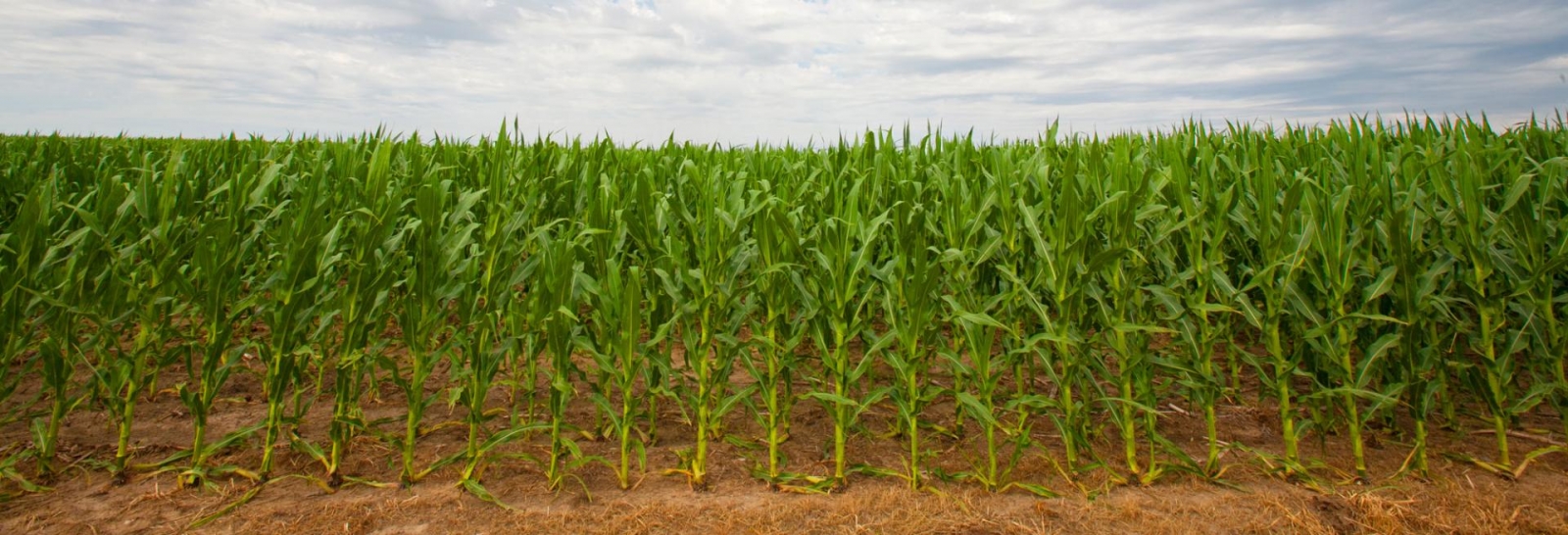Using the Guide (EC130) to Improve Pesticide Efficacy and to Manage Spray Drift
In pesticide application, two important factors are pesticide efficacy and spray drift management. The goal is 100% pest control and 0% spray drift. As with most situations where you cannot control all the variables, achieving goals such as these is a real challenge.
Pesticide and Drift
Pesticide and drift ratings are influenced by:
- • Spray characteristics
- Chemical
- Formulation
- Additives
- • Weather, etc.
- Air movement (direction and velocity)
- Temperature & humidity
- Air stability/inversions
Topography
- • Equipment & application
- Nozzle type
- Nozzle size
- Nozzle orientation
- Nozzle pressure
- Nozzle height
- Technology
- Sprayer speed
Two Kinds of Drift
There are two kinds of drift:
1. Particle drift is off-target movement of the spray particles.
2. Vapor drift is the volatilization of the pesticide molecules and their movement off target.
A Mississippi State University study analyzed data from more than 100 studies involving drift from ground sprayers. Of the 16 variables considered, three were most important.
1. Wind speed. When the wind speed was doubled, there was almost a 700 percent increase in drift when the readings were taken 90 feet downwind from the sprayer. Hence the recommendation of spraying in 10 mph winds or less.
2. Boom height. When the boom height was increased from 18 to 36 inches, the amount of
drift increased 350 percent at 90 feed downwind. (See Figure 1)
3. Distance downwind. If the distance downwind is doubled, the amount of drift decreases five-fold. Therefore, if the distance downwind goes from 100 to 200 feet, you have only 20 percent as much drift at 200 feet as at 100 feet and if the distance goes to 400 feet, you only have 4 percent of the drift you had at 100 feet. Check wind direction and speed when starting to spray a field.
